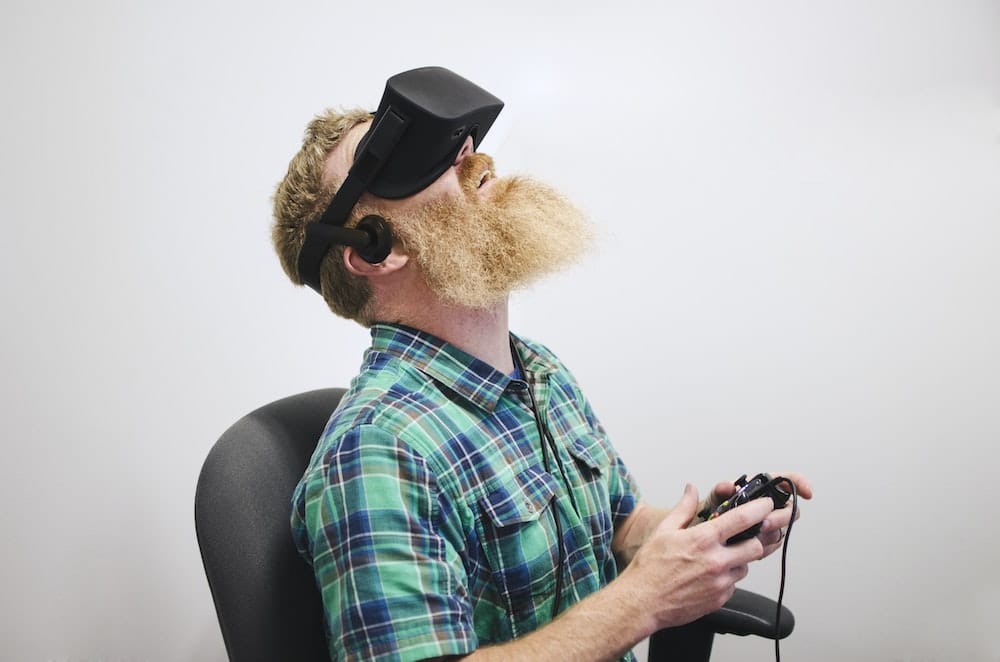How to Use Augmented Reality for Interactive Floor Plan Modifications in Home Sales?

As the world increasingly shifts towards a digital landscape, the realm of real estate is no exception. From virtual tours to home staging solutions, technology is becoming a significant player in the industry. But one of the most transformative technology trends is the emergence of augmented reality (AR). This groundbreaking technology allows buyers to virtually step into a property, from anywhere in the world. It’s more than just a tour; it’s an immersive, interactive experience that can help potential buyers visualize modifications to the floor plan and design of a house. In this article, we will delve into how to effectively utilize augmented reality for interactive floor plan modifications in home sales.
Harnessing Augmented Reality for Virtual Property Tours
Augmented Reality doesn’t just offer a walkthrough of a property; it offers an interactive experience. With the ability to virtually manipulate a home’s floor plan, buyers can personalize a property to see how it would look with their modifications. Imagine being able to instantly change the color of the walls, replace the flooring, or even move the furniture around, all from the comfort of your own home. This technology empowers buyers to visualize the potential of a property and make informed decisions.
Cela peut vous intéresser : What Are the Best Practices for Converting Abandoned Industrial Sites into Urban Parks?
Creating a virtual tour through AR is a relatively simple process. Firstly, the property needs to be scanned using a 360-degree camera to capture the layout and dimensions. This information is then modeled into a 3D representation that can be manipulated by users. The use of AR glasses or headsets, like Google Glass or Microsoft’s HoloLens, can enhance the immersive experience further.
The Impact of AR on Home Staging and Design
Home staging is a crucial part of the home sales process. It helps to showcase a property’s potential and can significantly impact a buyer’s perception. However, traditional staging can be expensive and time-consuming. Enter augmented reality.
Sujet a lire : What Are the Implications of Post-Brexit Trade Agreements on UK’s Real Estate Supply Chain?
AR technology can digitally transform an empty room into a beautifully furnished living space. It allows for the visualization of various pieces of furniture, lighting sources, and decor elements in a property, in real-time. This interactive approach to home staging gives potential buyers an idea of how their own furniture and design choices could fit into the space. It also allows them to interact with the environment, moving objects around to suit their personal taste and needs.
Moreover, AR is not just limited to interior design. It can also be used to enhance the exterior of a property. Buyers could change the color of the outside paint, adjust landscaping elements, or even see how a new patio or deck would look.
Augmented Reality as a Marketing Tool in Real Estate
Augmented reality is more than just an interactive tool for buyers; it’s a powerful marketing asset for real estate professionals. By offering potential buyers an immersive and interactive virtual tour, agents can stand out in a highly competitive market.
Users can share their personalized tours on social media platforms, creating organic marketing content for the property. Furthermore, AR can help in reaching a wider audience, especially those who might not be able to physically visit the property due to geographical constraints.
AR technology can also aid in the pre-sales process for new builds or renovations. Real estate developers can offer potential buyers an interactive tour of the proposed design, allowing them to make suggestions or request changes before construction begins.
Interactive Floor Plan Modifications: A Help or a Hindrance?
While AR technology offers numerous potential benefits, it’s essential to consider how interactive floor plan modifications might impact the home buying process. On the one hand, it can empower buyers to visualize a property’s potential and make more informed decisions. On the other hand, it could potentially create unrealistic expectations about what can be achieved in terms of modifications.
Overall, as with any technology, the key lies in using AR thoughtfully and strategically. It should be used as a tool to enhance the property viewing experience, rather than replace the traditional process. By striking the right balance, real estate professionals can leverage augmented reality to offer an unmatched level of service and expertise.
The transformative power of AR in the real estate sector is clear. By harnessing this technology, real estate professionals can offer buyers an unparalleled level of interactivity and customization, driving their business to new heights. Time will tell how AR will continue to shape the real estate landscape, but one thing is for sure: it’s an exciting time to be both a buyer and a seller in this digitally enhanced marketplace.
The Role of Augmented Reality in Mitigating Real Estate Challenges
In the world of real estate, augmented reality is not merely a novelty; it is a solution to a multitude of challenges that both buyers and sellers face. For instance, geographical constraints that restrict potential buyers from physically visiting a property can be mitigated with the help of AR.
With a virtual tour, buyers located anywhere in the world can tour a property in real time. This level of convenience and accessibility can widen the potential pool of buyers significantly. As a result, properties can be marketed to a larger, more diverse audience, positively affecting the speed and likelihood of a successful sale.
Furthermore, augmented reality can alleviate some of the financial burdens associated with traditional home staging. Physical staging can be costly and labor-intensive, with no guarantee that the chosen decor will align with the tastes of potential buyers. Virtual staging, on the other hand, allows for customization based on the individual preferences of each viewer. This personalized experience can increase the attractiveness of a property, potentially leading to higher offers.
Lastly, AR assists real estate agents in standing out in a crowded market. By utilizing tour software powered by AR, agents can offer a unique, immersive experience that traditional tours simply cannot match. This value proposition can attract more clients and establish the agent’s reputation as an innovative, forward-thinking professional in the real estate industry.
Conclusion: The Future of Real Estate Augmented Reality
In conclusion, augmented reality is revolutionizing the way we interact with and perceive real estate. From simplifying home staging to offering interactive floor modifications, AR is rapidly becoming a vital tool in the real estate market.
The potential of this technology in enhancing the property buying experience is immense. It allows buyers to interact with properties in a more personal and engaging way, offering them a level of customization and convenience that was previously unimaginable. The ability to visualize changes to the floor plans and design, all in real time, can lead to more informed decisions and potentially higher levels of satisfaction.
For real estate professionals, AR offers a competitive edge. It can serve as a powerful marketing tool, enabling agents to reach a wider audience and stand out in a crowded market. Ultimately, the use of augmented reality in the real estate industry is a win-win situation for both buyers and sellers.
However, as with any technology, usage should be strategic and mindful. While AR has the potential to enhance the buying experience, it’s important that it doesn’t create unrealistic expectations or replace the tangible, physical experience entirely.
As we continue to innovate and explore the possibilities of augmented reality, one thing is certain: the future of the real estate industry is digitally enhanced and incredibly exciting. The adoption of AR technologies today is paving the way for a more interactive and immersive future in real estate sales. This future promises to bring unprecedented levels of customization and interactivity to the home buying process, making it an exciting time to be a buyer, a seller, or a real estate professional.
